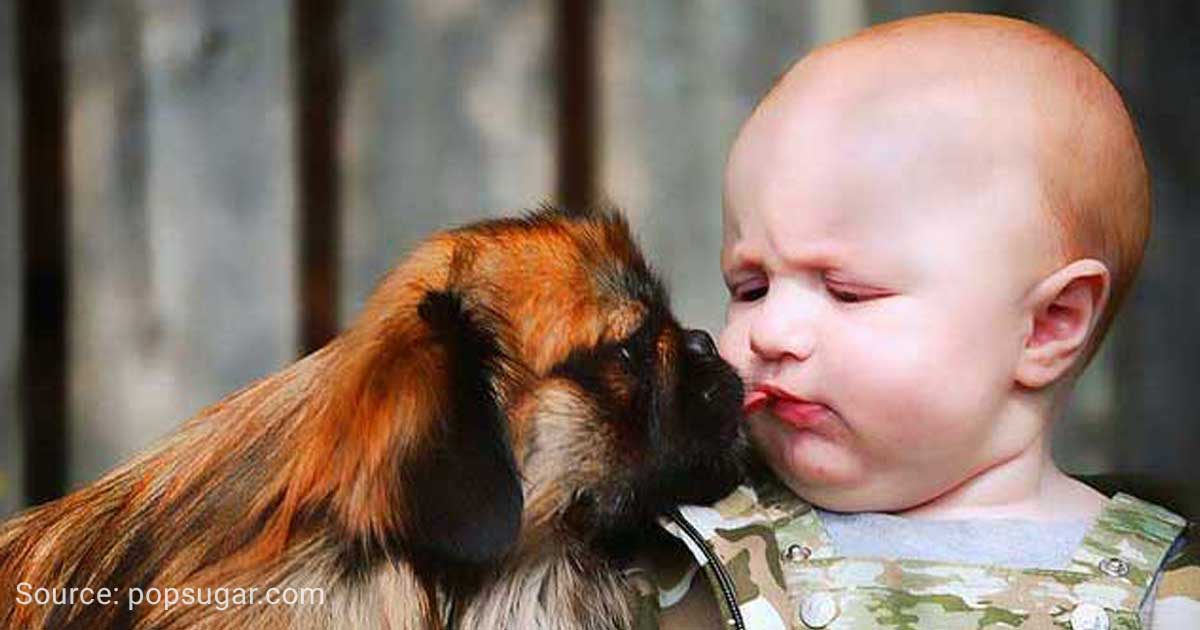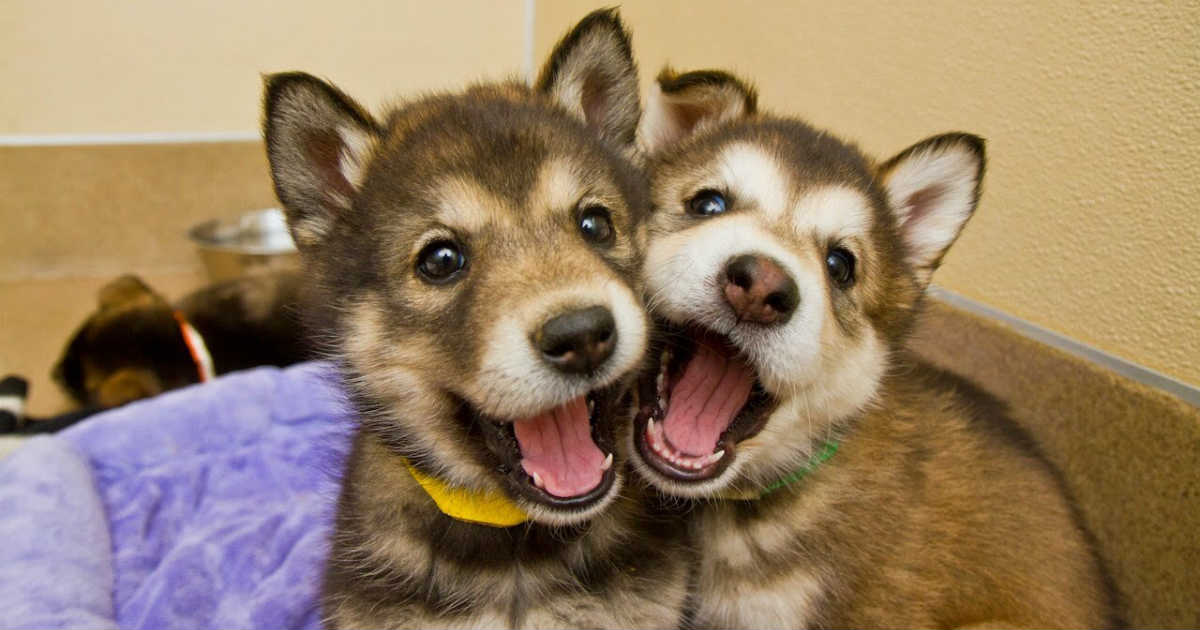In my opinion, the worst mistake that a parent could make is to neglect their child’s safety education when it comes to dealing with dogs.
Don’t believe that this is a big problem? Let us do some rough estimations based on the public data provided by the AVMA (American Veterinary Medical Foundation).
On average, about 4.5 million people are bitten by dogs in the US each year. Roughly half of that (2.25 million) are children. It is also stated in the same AVMA study that an average of 1 out of 5 bites require medical attention. Taking note of that statistic, it is possible to assume that 450 thousand out of that 2.25 million children are sent to the hospital every year in the US due to dog bites.
Even though this number is just a rough estimate, it honestly scares me. It may not seem like much to some, but I just can’t wrap my head around why an average of 450000 children in the US end up in a clinic/hospital every year due to dog bites. Are dogs really that dangerous towards children?
After some reflection and research put into this question, I honestly believe that this number could be drastically reduced if people put in a little bit of effort. As stated above, education and supervision are the primary keys to preventing any potential incidents. This applies to both the parents of their kids and dog owners.
In this article, I will be sharing some tips for both parents and dog owners in their own respective sections. For the parents, I will be sharing some tips that you can easily teach your child when it comes to handling dogs. For dog owners, I will be sharing some tips on how to train and raise your dog to become more kid friendly.
FOR PARENTS:
YOUR KIDS NEED TO KNOW HOW TO ACT AROUND DOGS
This is paramount to your child’s safety. Most children are extremely playful, energetic and unpredictable, and this may cause some unwanted trouble if the parents are not careful. A child may have good intentions when attempting to interact with the dog, but the dog will sometimes see their interaction as a sort of threat and it may attack them.
Knowing this, here are some safety guidelines that you should teach your child when it comes to handling dogs:
Do not ever approach and/or touch dogs that do not seem to have an owner
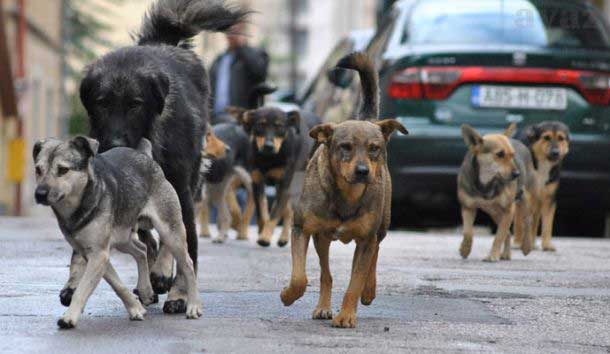
(Image credit: esdaw.eu)
Unsupervised and untrained stray dogs are the most unpredictable to be close to, and could pose an aggressive threat. Besides being dangerous, they are often dirty and could potentially be the carrier of various diseases. Please do not let your children run this risk, and emphasize to them about the importance of staying out of a stray dog’s way.
Common courtesy
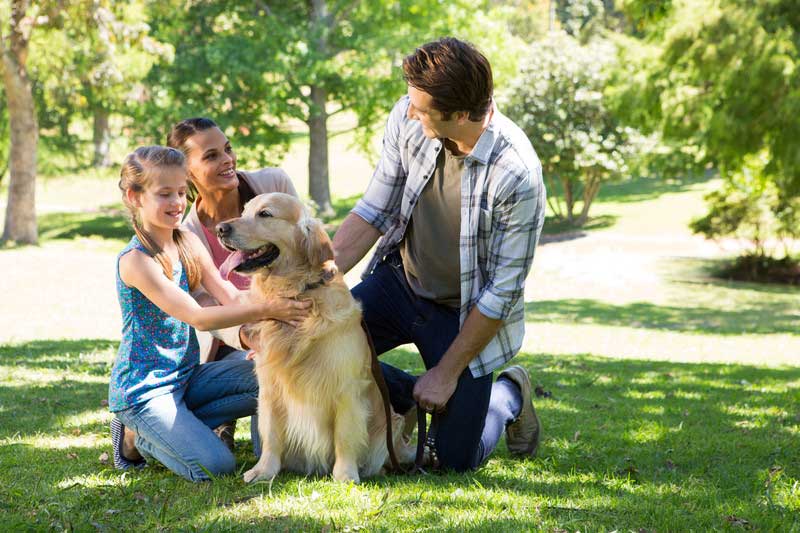
(Image credit: Harvard Health website)
Always ask the owner of the dog for permission to interact with their dogs before petting. Whether the dog is your best friend’s, a family member’s or a dog that your child has interacted with before, it is a must to ask their owners for permission before petting/playing with them. Doing so is not only respectful towards the owner, but will also benefit your kids as the owner can instruct them on how to deal with their own dog. The owner obviously knows the most about their dog and will take steps to prevent any accidents from happening.
How to safely approach a dog
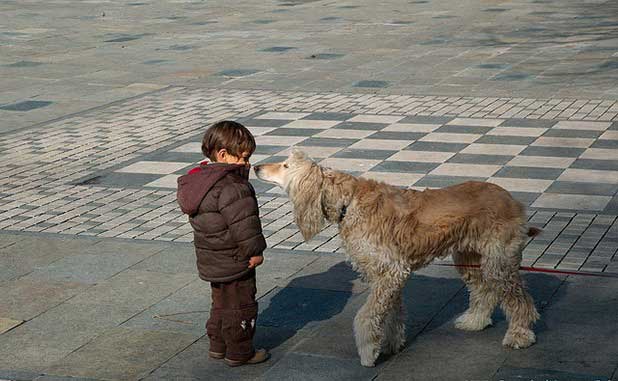
(Image credit: BarkPost)
The best way for your kids to approach a dog is to let him come to them. Do not let your children approach the dog first as the dog would take it as a sign of aggression or an invasion of personal space. Let the dog come up and get familiar with your child. A way that I explained this to a younger sibling is by telling him that the dog wants to say hello first, and that the dog won’t like it if you went and said hi first. The dog will come up and sniff a little bit, but eventually he will warm up to your child. Then, your child can proceed to play with the dog or pet it.
On a side note, please teach your kids not to bother dogs when they are either sleeping or eating. The dog will most likely react in an unsatisfactory way and cause a scene. After all, would your kids like it when anyone interrupted them when they are sleeping or eating? You can explain this to them by using this logic.
How to properly pet/play with dogs
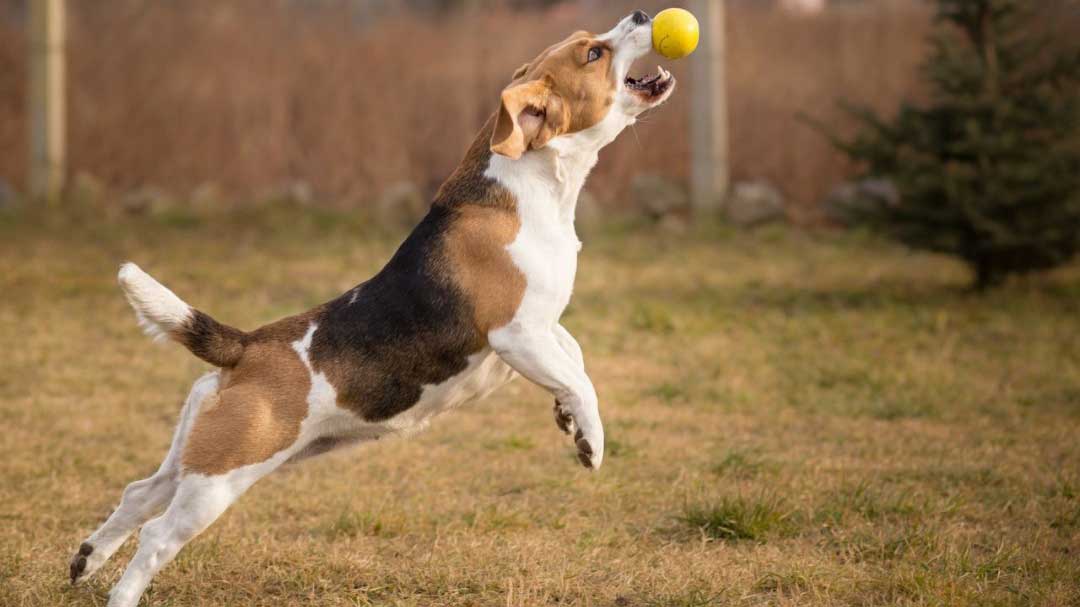
(Image credit: gistgear)
There are several precautions to take when your child is petting/playing with dogs.
Firstly, I know patting on the head is a very common method used with dogs, but it is a fact that most dogs do not like being patted on the head. Instead, you can teach your kid to pet the dog in places such as under the chin or the back of the neck.
As for playing/engaging with dogs, there are also certain dos and don’ts. Just like humans, it is obvious that dogs will get lash out if they get annoyed. Please do not let your kid do any of the following:
a.) Drag the dog by its tail
b.) Steal the dog’s toys from the dog and tease him with it
c.) Hit or pretend to hit the dog
d.) Ride on the dog like it is a horse
e.) Dress the dog up
f.) Handle the dog roughly
Instead, they can and should engage in healthy activities such as:
a.) Playing fetch with a ball
b.) Playing hide and seek
c.) Taking the dog out for a walk
d.) Teaching the dog new tricks (You can do this with your kids and guide them through teaching the dog)
For further reference, have a look at the following Youtube video. This is an example of what happens when kids handle their dogs incorrectly:
[youtube url="https://www.youtube.com/watch?v=5ZUlVCnhILw"](Note: This is one of the more lenient incidents of dog bites, and the kid is very lucky that the situation did not escalate further.)
In the event that things go wrong despite the precautions taken

(Image credit: Dallas Observer)
Sometimes, things can go terribly wrong and the child will still be in danger despite all the necessary steps taken to prevent so.
A person's natural reaction to an aggressive dog is to run away, but I am here to tell you that this could be one of the most dangerous decisions that people make. Why? Because it is in a dog's instinct to chase after stuff, and it is not very likely that you will be able to outrun a dog unless you are already some distance away from the dog. Instead, instruct your children to stand perfectly still while looking down. The aggressive dog’s goal is to get them panicked and scared- to assert its dominance. However, if they stand still without fear, it will throw him off its game, causing it to either back away or pause for a bit. Your children can then slowly walk away from the dog.
If your children are walking alone through a stray dog infested area, make sure that they are carrying something like a backpack or an umbrella. Just in case the advice above does not work, it is still possible to fend off a dog by lodging an item between themselves and the dog’s teeth. An umbrella is ideal for this situation, as you can use it as a sort of shield against the dog.
Other precautions
At the end of the day, it is very beneficial to teach your children these basic tips in order to potentially avoid an unpleasant experience. Education on this topic can save many kids from angering or annoying a dog. This knowledge will only grow in time, and may help them out in a sticky situation involving dogs in the near future. It’s always good to start early.
However, please do not forget that your kids are, well….still kids. Despite the amount of preparation and teaching that we can provide kids, dogs can be unpredictable and dangerous for a kid to handle on his/her own. It is necessary that a kid should not be left alone with a dog at any given point of time. There should be an adult supervising at all times in order to prevent any unfortunate accidents.
FOR DOG OWNERS:
TRAIN YOUR DOGS TO BE MORE PATIENT AND UNDERSTANDING OF CHILDREN
As an owner myself, I believe that we are morally responsible for our pet’s behavior. I would certainly feel ashamed and disgusted at myself if my dog ever bit someone, and will take all possible measures to prevent that shame. I understand that some may feel differently about this, and do not want to claim responsibility for their dog’s behavior. Even if you do not think that you are responsible, the potential lawsuits and charges will still come for you as you are the dog’s owner. Trust me, you do not want to go through those lawsuits. Either way, it is a win-win situation for both you and the people around you to raise a friendly dog.
Here are some tips to make your dog a little bit more ‘kid-friendly’:
Get your dog spayed or neutered
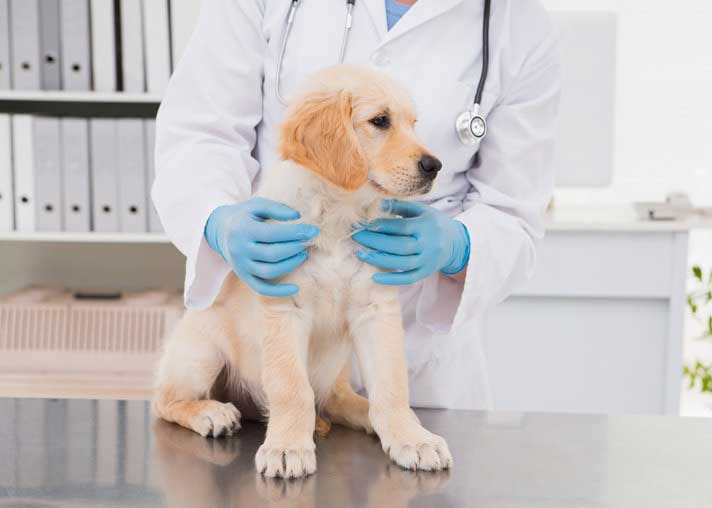
(Image credit: Petcha.com)
This is the most obvious step. A spayed/neutered dog is statistically known to be less aggressive and therefore less likely to hurt other people.
Socialization training
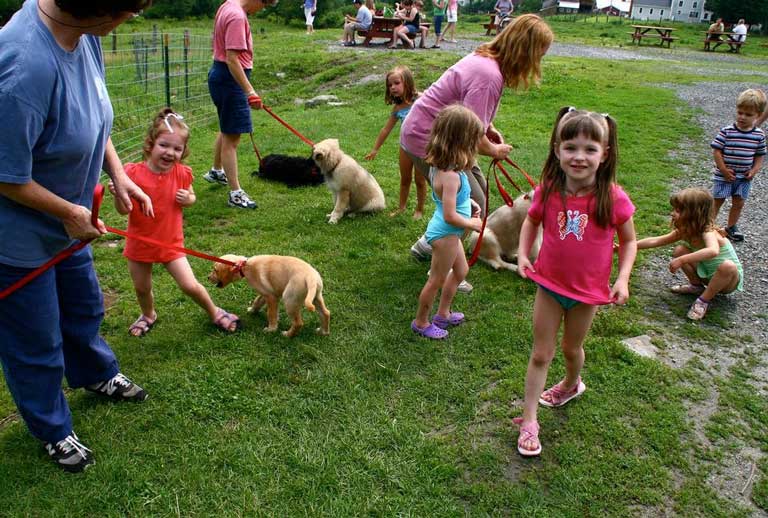
(Image credit: The Spruce)
This is definitely a very important part of making your dog kid-friendly, and works exceptionally well if your dog is still a puppy of about 8-16 weeks. It is basically the same as teaching humans, it is easier for us to learn at a young age.
Simply bring your dog outside and expose it to the outside world. This is a great time to introduce it to other people and let it get familiar with all different kinds of people. As time goes on and you continuously expose it, your dog will slowly learn to tolerate other kinds of people and eventually turn out to be a lot more friendly and understanding.
Act training

(Image credit: Mommyish.com)
Another way to train your dog to be kid friendly is to….. act like a kid yourself sometimes. Sure, it sounds idiotic. However, this is a better method to train more aggressive dogs who you would rather not expose to kids at the moment.
In a nutshell, act like a kid and do kid stuff to it. For example, hug it or pull it's tail. Perhaps dress it up a bit while you are at it. Make sure you reward it with a treat for each time it submits and does not act up. This will train it's patience in the long run when it comes to real life situations.
Introduce your dog to children’s toys
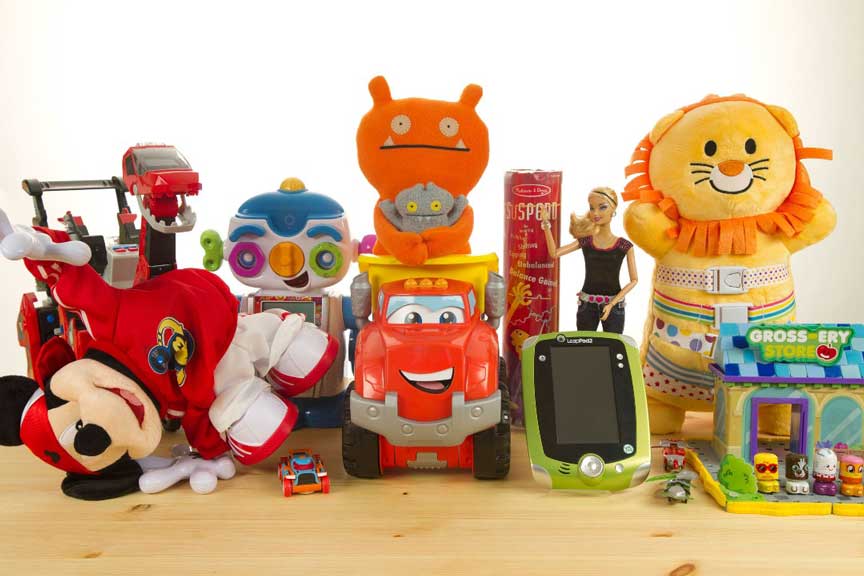
(Image credit: thehotspotorlando.com)
This kind of training will aim to teach your dog the differences between children’s toys and dog’s toys. Give specific commands whenever your dog chews on or grabs a child’s toy by saying ‘drop it!’ or ‘leave it!’. Your dog will get accustomed to this kind of training and will eventually develop good habits such as dropping or ignoring children’s toys.
This works in order to avoid common cases of toy snatching between dogs and children- which is an accident waiting to happen.
Create a safe space for your dog

(Image credit: omlet.ie)
Just like all of us, dogs have their own limits when it comes to tolerance.
If there are children living/constantly visiting your house, it might be a good idea to assign an area or a big crate for your dog as some sort of an escape from the kids.
Just remember to train your dog to go there if it is annoyed, and also tell the kids that the safe space is absolutely off limits.
Other precautions
Honestly, as much as you can train your dog, it is honestly best if you always keep a close watch on your dog when it is handling kids. Like I said in the parents section, do not ever leave a young child and a dog unsupervised for any amount of time. It is possible to leave older children alone with dogs for a little while, but make sure that you give the kid clear instructions on what to do and what not to do. Same goes to anyone outside when you are walking your dog, be a responsible owner and warn them if they want to interact with your dog.
Also, take note of your dog's body language when your dog is outside interacting with kids. If your dog shows obvious signs of discomfort such as growling, lip licking or yawning- stop the kid(s) immediately before anyone gets hurt. In this case, a puncture wound and a possible lawsuit is going to hurt much more than the kid's feelings.



